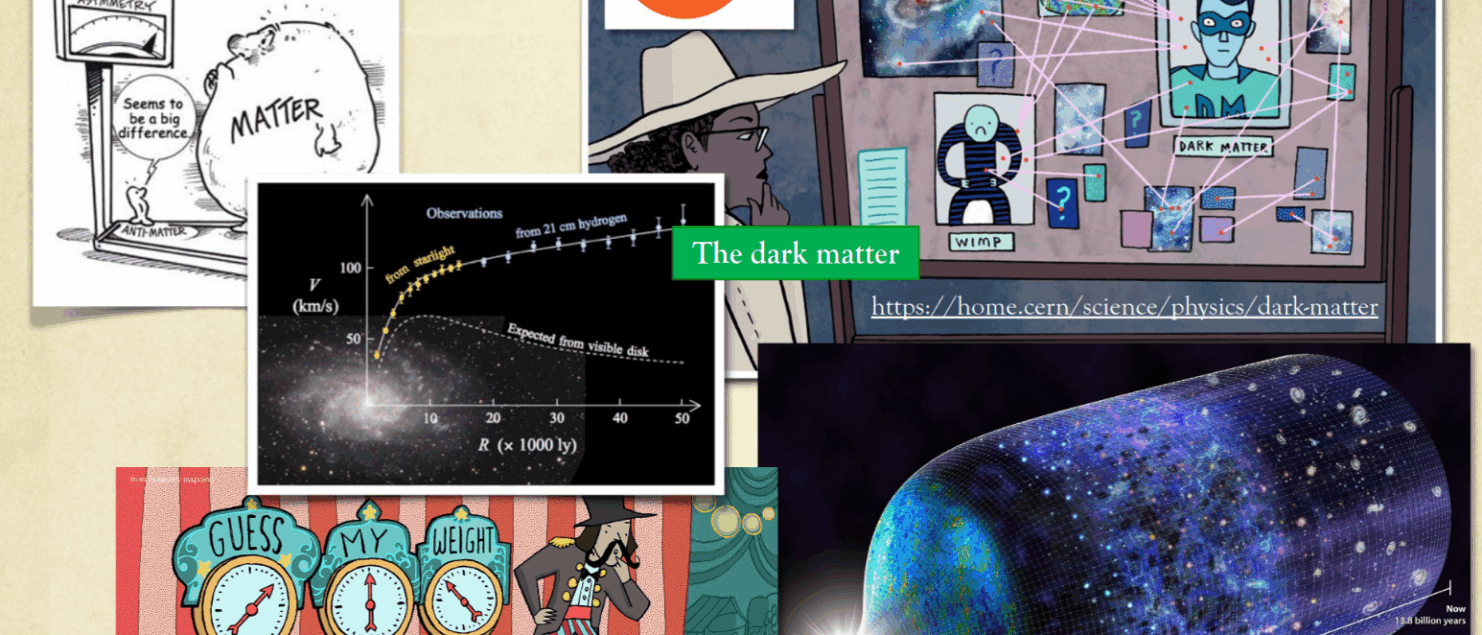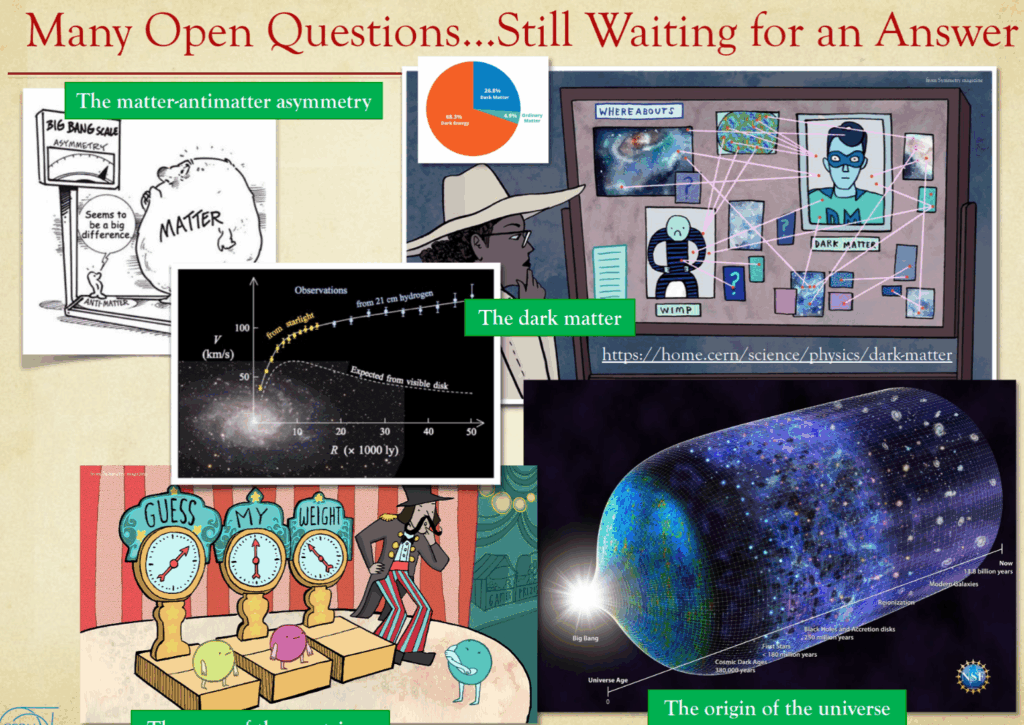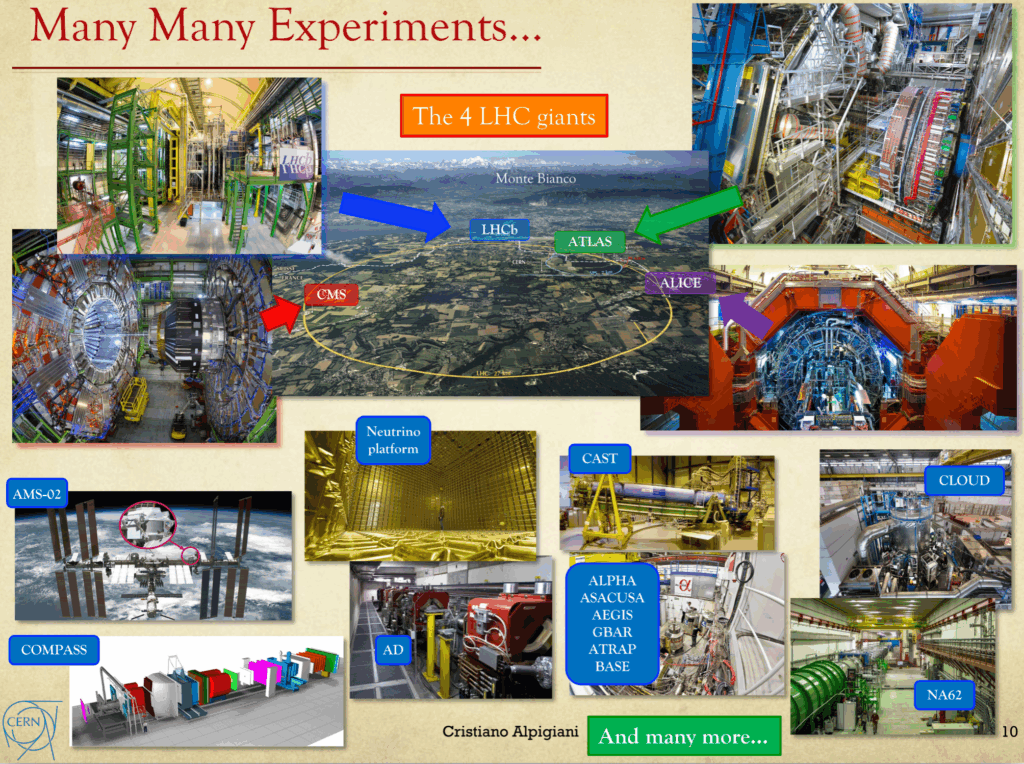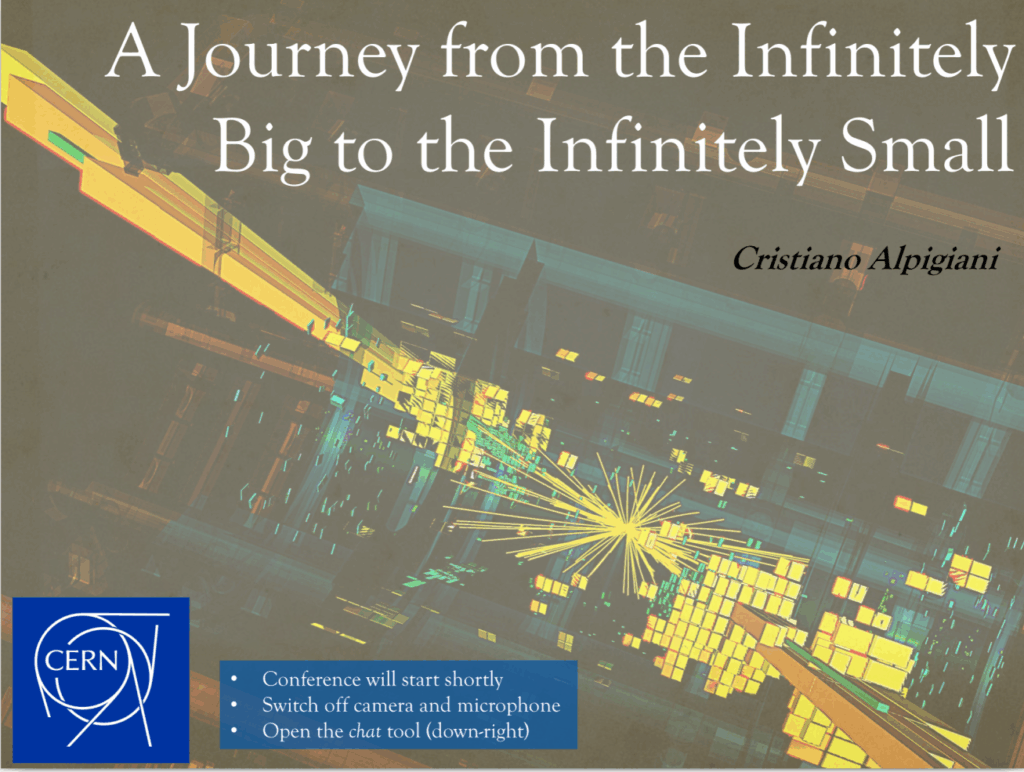CERN – Virtual Visit
Physicists and engineers at CERN use the world’s largest and most complex scientific instruments to study the basic constituents of matter – fundamental particles. Subatomic particles are made to collide together (using particle accelerators) at close to the speed of light. The process gives us clues about how the particles interact, and provides insights into the fundamental laws of nature.
Dr. Cristiano Alpigiani discussed with the 8i HL students topics related with dark matter research and new particles (ATLAS experiment). The virtual tour included an overview of the CERN history, accelerators and the future research in the field of dark matter.
Dr. Cristiano Alpigiani also presented applications of CERN’s research in different fields, that included aerospace applications cultural heritage, safety, industry, medical and biomedical technologies.
More information
https://inspirehep.net/authors/1228960
https://www.youtube.com/watch?v=NBrVCBCEVfk
Biography
Cristiano Alpigiani completed his Ph.D. in Physics at Queen Mary University of London, London, UK, on a Search for rare B decays into two muons with the ATLAS detector and joined the EPE group as a post doc working on searches of long-lived particles in pp collisions in the ATLAS detector. He has been a major contributor to the EPE Long-lived particle searches. He has significantly contributed ATLAS Luminosity measurements, ITk tracking efficiencies and resolutions studies. He made major contribution to the MATHUSLA test stand setup at CERN (services installation, assembling, transport, commissioning, and data taking, RPC detectors testing, design of the supporting structure). He has served as the convener of the ATLAS Non- Collision Background studies. He is currently a Research Scientist with the EPE group.
https://indico.cern.ch/event/1274013/
LHC picture source: https://www.home.cern/science/experiments





